Brian Griffin a donc réalisé le rêve que fait secrètement n’importe quel photographe : être aux côtés d’un groupe qui publie non pas un mais quatre chefs-d’œuvre. En effet, en 1981 à 1984, les Echo and The Bunnymen ne vont avoir de cesse de faire monter les enchères. En quatre années et autant d’albums, le groupe de Liverpool hausse le ton à chaque sortie et finit par flinguer toute la concurrence le 20 janvier 1984 en sortant une des plus belles chansons du monde à savoir The Killing Moon.
Echo and the Bunnyen – The Killing Moon
A cette époque, Ian McCulloch est beau comme un dieu et Will Sergeant s’amuse à dézinguer l’héritage de Tom Verlaine. Quant à la section rythmique, elle martèle le message de McCulloch avec une agilité maîtrisée. Mais avant d’écrire The Killing Moon, les Echo and The Bunnymen ont enregistré Heaven Up Here, un album qui prolonge le discours de Crocodiles. Vingt-cinq ans plus tard, les chansons de ce disque n’ont pris aucune ride. Alors qu’on peine à écouter trois chansons d’Interpol, on est subjugué par le discours de Monsieur Lips Like Sugar.
Discographie
Echo & The BunnymenRetour sur la conception graphique (et musicale) de cet album avec Brian Griffin et Will Sergeant.
Brian Griffin
Comment as-tu rencontré les Echo and The Bunnymen ?
Brian Griffin : J’ai été recruté par Rob Dickens, le patron de Korova Records.
Tu es originaire de Birmingham. Étais-tu un fan du son de la scène de Liverpool (Echo and the Bunnymen, The Pale Fountains, The Teardrop Explodes) ?
Brian Griffin :J’ai aimé les Echo and The Bunnymen. Mais à la base, je suis fan de krautrock.
Qui a eu l’idée de la pochette de l’album Heaven Up Here ?
Brian Griffin : Je crois me rappeler que c’est Rob Dickens qui a eu l’idée.
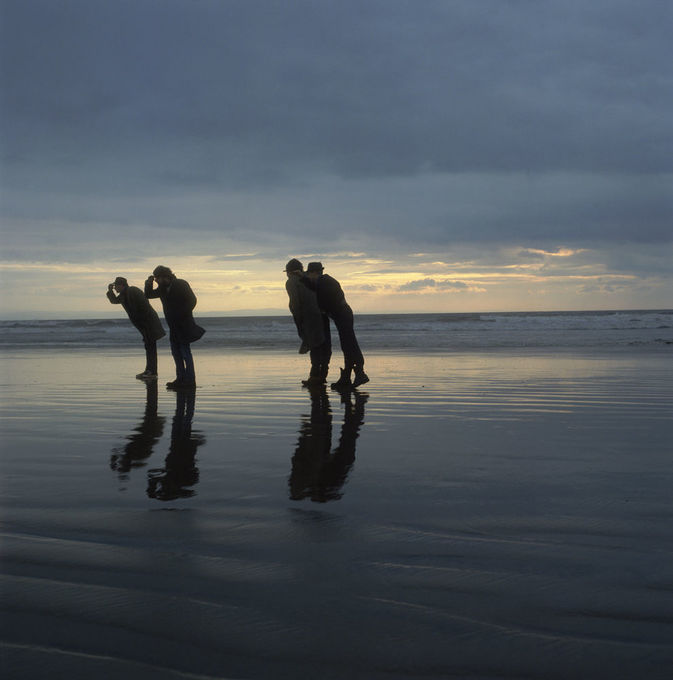
Quel est ton meilleur souvenir de cette session photo ?
Brian Griffin : Mon meilleur souvenir ? Quand nous avons mis du poisson mort sur la plage pour attirer les mouettes.
Quelle est la relation du groupe avec sa propre image ?
Brian Griffin : Le groupe s’est toujours amusé avec ses pochettes. Ils ont toujours été intéressés par leur image.
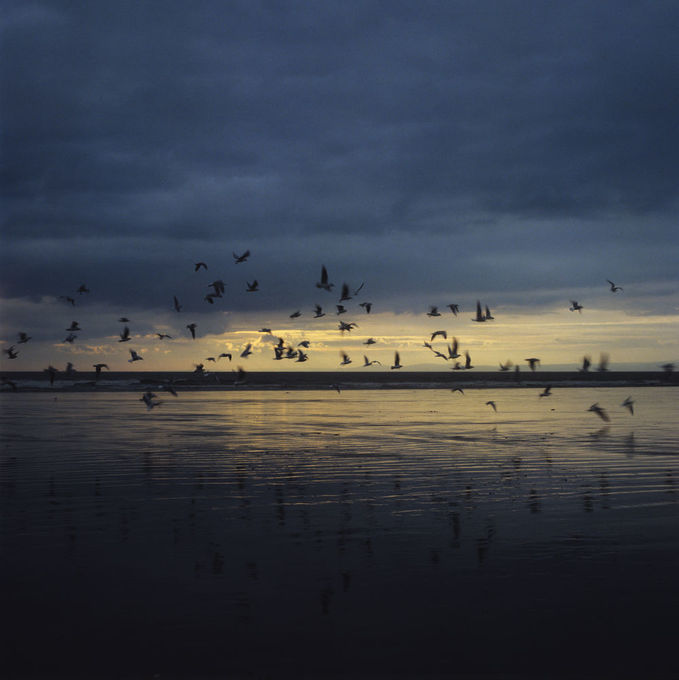
Quel appareil as-tu utilisé pour ces clichés ? Et quelle pellicule ?
Brian Griffin : J’ai utilisé un Hasselblad et une pellicule Ektachrome 64ASA.
On peut lire sur ton site que cela a été compliqué de faire accepter la pochette de cet album par Korova Records et Warner Bros. Pourquoi ?
Brian Griffin : Ils n’aimaient pas le cliché car on ne voyait que les petites silhouettes des membres du groupes. Ils voulaient qu’on puisse voir leurs visages.
La photographie n°6 de ta série Heaven Up Here est ta préférée. Il s’agit d’un cliché de Pete De Freitas. Pourquoi ?
Brian Griffin : C’était un rêveur. Il apparaît tel qu’il était.
Quelle est ta chanson préférée de cet album ?
Brian Griffin : All My Colours.
Echo And The Bunnymen – All My Colours
Will Sergeant
Comment avez-vous rencontré Hugh Jones, le co-producteur de cet album ?
Will Sergeant : Au début nous étions si naïfs que nous ne savions vraiment pas à quoi pouvait servir un producteur. Hugh a officié en tant qu’ingénieur sur l’album Crocodiles et il a beaucoup contribué à développer certaines idées (tout comme Bill Drummond et Dave Balfe). Quand est venu le temps d’enregistrer Heaven Up Here, nous avons tous pensé à lui. Ian Broudie avait travaillé avec nous sur Crocodiles mais je pense qu’il n’était intéressé que par les singles potentiels. D’ailleurs à cette époque, il était occupé par d’autres projets.
Pourquoi êtes-vous retournés aux studios Rockfield ? Vous y aviez enregistrés Crocodiles.
Will Sergeant : A vrai dire, c’était le premier vrai studio dans lequel nous avons pu travailler. C’était fantastique : on s’occupait bien de nous et nous étions dans un coin magnifique du Pays de Galles. Nous étions en dehors de Liverpool et nous pouvions nous concentrer sur l’album et faire des promenades. C’était très chouette. Robert Plant était là et nous avons été une fois au pub avec Ginger Baker et son chien Toe Rag.
Comment s’est déroulé l’enregistrement ? Combien de temps cela vous a pris ?
Will Sergeant : Cela a été assez rapide. L’enregistrement nous a pris 3 ou 4 semaines. Nous n’avions pas beaucoup de temps car au même moment nous étions en pleine répétition pour notre première tournée américaine. Nous avons donc peu dormi et nous avons eu quelques hallucinations.
Quel est ton meilleur souvenir de cet enregistrement ? Le pire ?
Will Sergeant : Lors de cet enregistrement, j’ai pu apprendre comment faire des effets grâce aux bandes. J’ai aussi pu comprendre ce qu’on pouvait faire comment on pouvait manipuler le son de ma guitare et la faire sonner comme si elle venait d’un autre monde. Hugh Jones a été formidable à ce sujet. Il nous a montré comment s’approprier de nouveaux instruments et comment utiliser du nouveau matériel.
Quelle est ta chanson préférée de cet album ?
Will Sergeant : Over The Wall. C’était une longue journée difficile.
Quelle est l’histoire de Promise ?
Will Sergeant : Nous étions en train de répéter dans un autre studio de Rockfield. Il s’agissait du studio The Mill qui faisait plus office de local pour répéter que de studio d’ailleurs. Nous n’avions pas assez de chansons pour l’album. Les a commencé à jouer quelques notes sur sa basse. Tout est parti de ça.
https://www.youtube.com/watch?v=ioOK9Ti2pts
Votre son est complètement dément sur ce disque. Quels changements avaient vous opérés par rapport à votre premier album ?
Will Sergeant : Je pense que les disques que tu écoutes possèdent une couleur qui dépend de la manière dont tu les enregistres. J’étais un grand fan des Doors et de Television. Je pense qu’on retrouve des éléments de ces deux groupes dans le disque. Il ne s’agit pas d’un simple copier-coller mais le son de ces deux groupes a beaucoup compté. Et puis, il y a beaucoup d’expérimentation. J’ai toujours aimé expérimenter.
En 1981, tu avais 23 ans. Les Echo and The Bunnymen venaient de gagner deux N.M.E. Awards, Heaven Up Here accrochait le top 10 des charts anglais… Tu te rappelles de cette époque ? Vous viviez un rêve ?
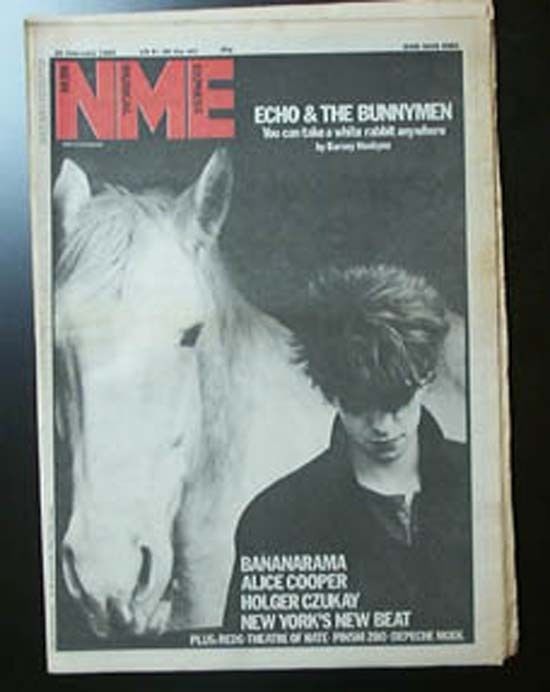
Will Sergeant : Nous étions dans le N.M.E. chaque semaine et c’était incroyable pour nous. On pensait être les gens les plus importants du monde. C’était très important pour moi à l’époque.
Et cette pochette ?
Will Sergeant : Je pense que Brian Griffin est parti en mission de reconnaissance avec Bill Butt (notre ami et notre ingé lumière à l’époque) la veille et nous avons trouvé une plage près du studio. Brian avait pris un petit sac sur lui avec du poisson mort pour attirer les mouettes qu’on peut voir sur la photo. Lui et son assistant ont jeté du poisson et les oiseaux sont venus. Nous avons rapidement posé en pensant que Brian trouverait quelque chose de bien. Ce fut le cas.
Echo and The Bunnymen - Heaven Up Here
Tous les clichés de cet article sont signés Brian Griffin.
Heaven Up Here des Echo and The Bunnymen est disponible via Warner Music.
- Show Of Strength
- With A Hip
- Over The Wall
- It Was A Pleasure
- A Promise
- Heaven Up Here
- The Disease
- All My Colours
- No Dark Things
- Turquoise Days
- All I Want
English text
Brian Griffin
How did you meet Echo and The Bunnymen ?
I was commissioned by Rob Dickens the head of Korova Records.
You came from Birmingham. Did you love the sound of Liverpool (Echo and the Bunnymen, The Pale Fountains, The Teardrop Explodes) ?
I grew to enjoy ETB but I was a Krautrock fan.
Could you explain to me the choice of the cover of Heaven Up Here ? Who got the idea of a picture on the beach ?
This was an idea of Rob Dickens I believe.
What’s your best memory about this shooting ?
Seeing the fish offal being distributed across the beach to encourage the seagulls.
What are the relationships of the band with their own image ?
Bands are funny with their album covers, they always seem to be half interested.
Which camera did you use ? And which film ?
I used an Hasselblad camera and Ektachrome 64ASA daylight film
We could read on your website : « To get the album cover accepted by the record company Korova, an off shoot of Warner Bros, was a real struggle ». Could you explain to me this struggle ?
They disliked the fact that the band were small silhouetted figures and you couldn’t see there faces
8) The picture number 6 of the Heaven Up Here serie is your favorite picture of Pete De Freitas. Why ?
He was a dreamer….here he appears within himself.
9) What’s your favorite song of this album ?
All My Colours.
Will Sergeant
How did you meet Hugh Jones, the co-producer of this album ?
At first We were so naive we didn’t really know what a producer did. Hugh was the Engineer on Crocodiles at Rockfeild studios he contributed a lot to the ideas along with Bill Drummond and Dave Balfe but this led to a lot of arguments, so when we came to doing the next album we all thought why don’t we let Hugh have a go, he was kind of in charge on Crocodiles anyway. Ian Broudie had done a couple of the tracks on Crocodiles but I think he only wanted to do potential singles as he was busy with his other projects at the time.
Why did you choose the Rockfields Studio ? Crocodiles was recorded in the same studios.
It was the first proper studio we had been too and it was fantastic they really looked after us and its in a beautiful part of Wales. We could get out of Liverpool and concentrate on the album, go for walks and get some space, it was very cool. Robert Plant was there quite a bit and we went to the pub one time with Ginger Baker and his little dog ‘Toe Rag’ – to some council house kids from Liverpool it a was a total mindcranker ( I was a massive Zeppelin fan ) but we were way too cool to show any kind of praise.
How easy was the recording process? How long did it take you ?
It was pretty quick I think 3 or 4 weeks we were really busy as we had to rehearse for our first USA tour at the same time so we didn’t get much sleep, and we began hallucinating.
What’s is your best memories about this recording process ? The worth ?
Learning what could be done with tape and effects in the studio, how much sound can be manipulated and working on making my guitar sound other worldly. Trying new instruments, Hugh was great at this, introducing us to the likes of slit drums, bass recorders, backwards guitar, tape loops and all manner of crazy stuff which at that point we had never heard of.
What’s your favorite song of Heaven Up Here ?
Over The Wall, its a long and complex journey.
What’s the story of Promise ?
We were rehearsing in Rockfield’s other studio called The Mill, it was more of a rehearsal place back then really. We didn’t quite have enough songs for the album. Les started playing this kind drone on the bass with the D string open and ringing and it just sort of grew from that.
Your sound is amazing. How did you find it ? What prominent changes led to it ?
I guess its the records you listen to that colours the way you play. I loved The Doors and Television so i think elements of those two bands crept in, this doesn’t mean you ripped stuff off but the way you play might have a taster of the sound or the feeling that attracts you to other bands. I just like to experiment with sounds this is what I love to do.
In 1981, you were 23 years old. Echo and The Bunnymen won two N.M.E. Awards, Heaven Up Here reached the UK Top Ten… Did you remember this year ? Did you live a dream ?
To be in the NME every week was amazing you felt like you were the centre of just about everythingin the whole world, it felt very important to me then.
Could you explain to me the choice of the cover of Heaven Up Here ?
We were at Rockfield and as a I said earlier we had a USA tour looming so we had to get something together quick and it had to be close, so close that we could nip out from the studio for a couple of hours and get it all done. I think Brian Griffin had been on a reconisence mission with Bill Butt (our friend and lighting designer at the time) the day before and they had found a beach near the studios. Brian brought a bag of small fish (whitebait) to attract Gulls for the picture. He and his assistant threw them in the front of us and the birds came down to eat them. We were very quick but we trusted Brian to come up with something good and he did.

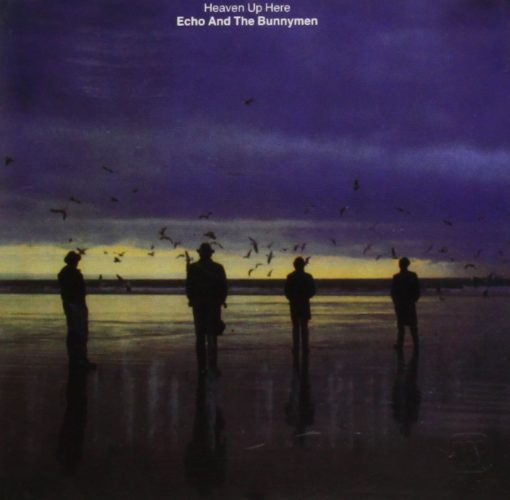
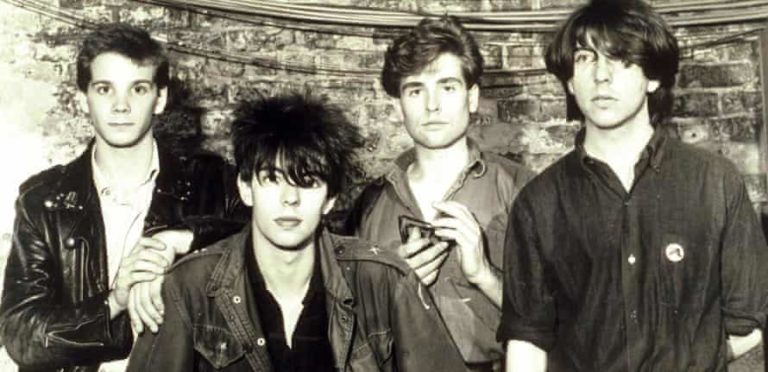
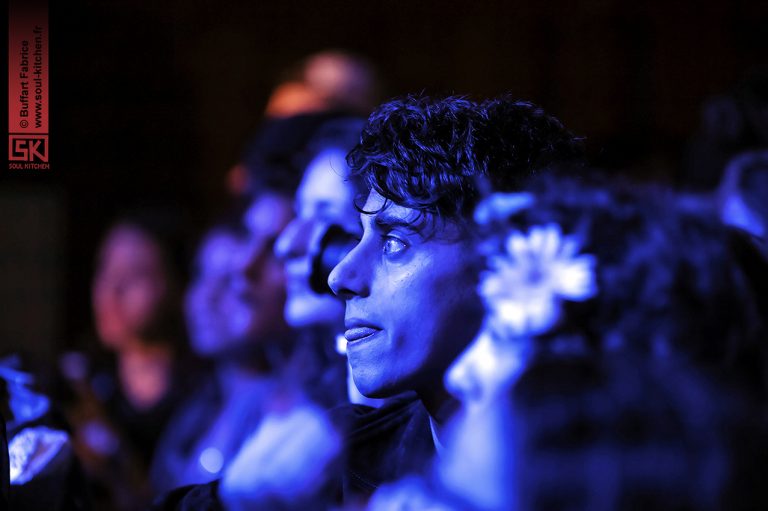
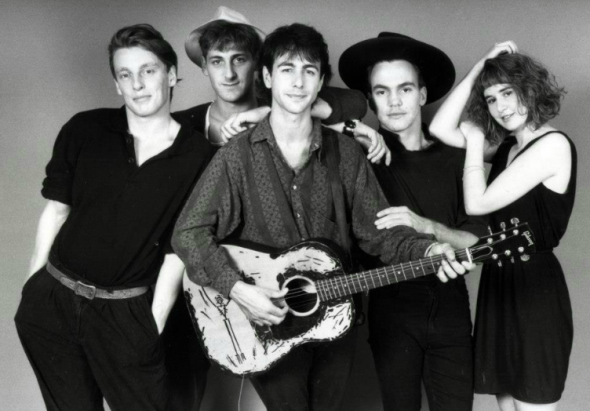
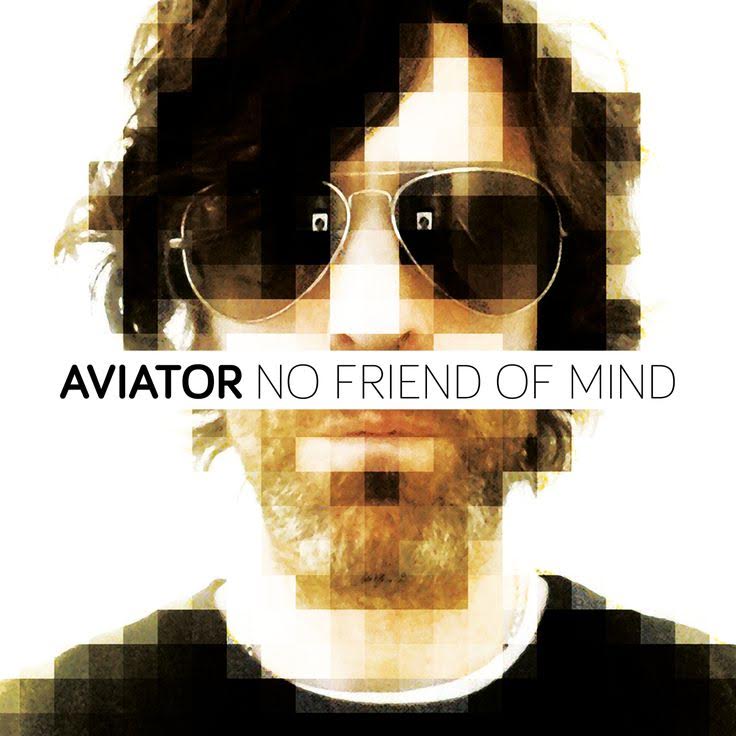
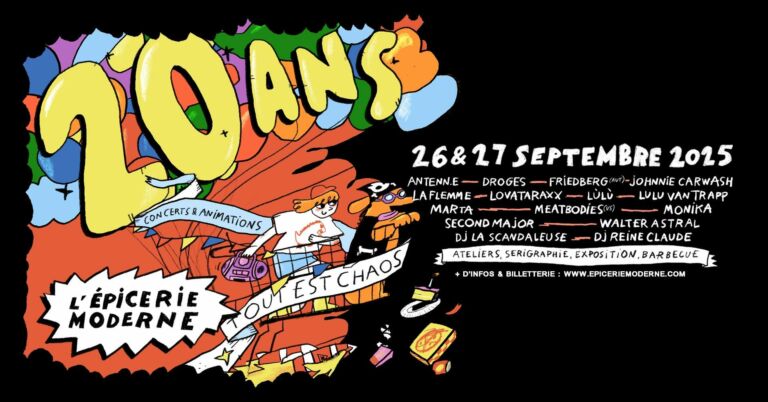
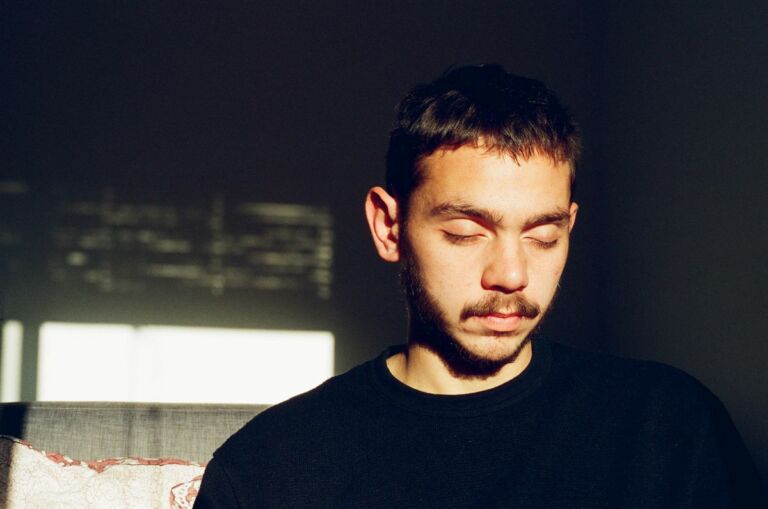
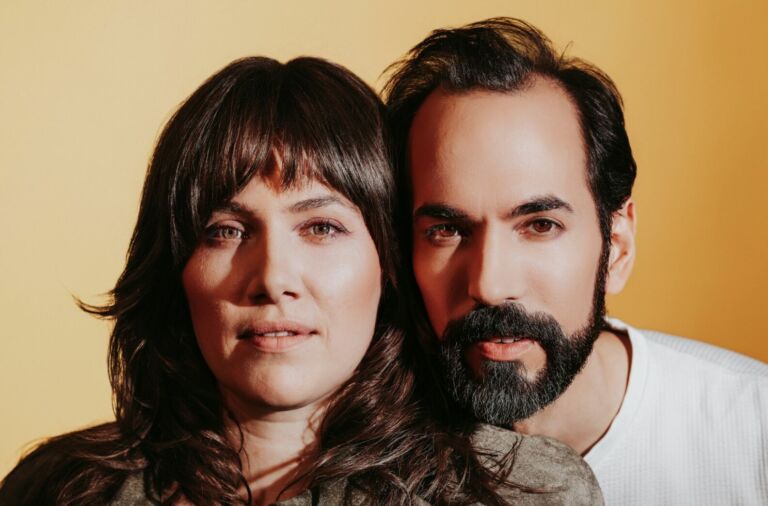
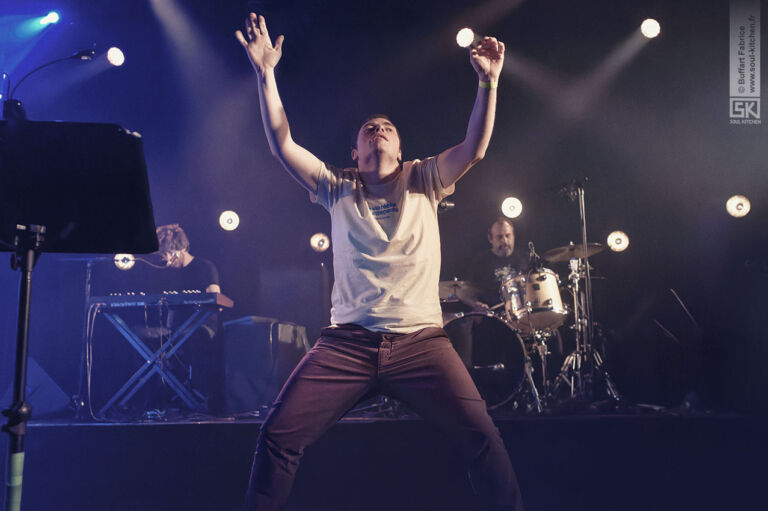
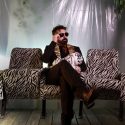 5 questions à … Ride the tiger BRG
5 questions à … Ride the tiger BRG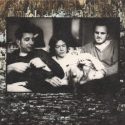 Arnold & Saxby
Arnold & Saxby